Trident versus Mace. Different but equal?
Russia and the United States have developed strategic nuclear forces (SNF) with a full-fledged naval component. A key element of the latter are submarine ballistic missiles (SLBMs). The latest examples of this kind are the Russian product R-30 “Bulava” and the American UGM-133A Trident II (D5). These missiles are seriously different from each other, but have the same value for the national defense of the two countries.
Old american rocket
The development of the future UGM-133A started in the early seventies and was seriously delayed. It was possible to complete the tests of the finished product only in the late eighties, and in 1990 the missile officially entered service. The main customer of SLBM Trident II (Trident-2) became the US Navy. Also missiles entered service with Great Britain. The deployment of missiles was carried out on SSBNs of two types of American and British construction.
The UGM-133A is a three-stage solid-fuel intercontinental ballistic missile. The product has a length of 13,5 m with a diameter of 2,1 m and a starting weight of more than 59 tons. Guidance is achieved through inertial and satellite navigation with astro correction.
The casting weight of Trident II reaches 2800 kg. Separating warhead (RGC) can carry individual warheads (BB) of the individual type W88 (475 ct) or W76 (100 ct) - 8 and 14 units, respectively. However, missiles do not carry full ammunition to improve other characteristics. Last year, the production of the W76-2 unit with a capacity of not more than 5-7 kt was launched to solve special problems.
At full combat load, the UGM-133A shows a firing range of 7800 km. The maximum range obtained by reducing the number of warheads is 11300 km. Probable circular deviation - up to 90 m, depending on the guidance method.
New Russian product
Work on the Russian missile system based on the R-30 Bulava SLBM started in the late nineties, and already in 2004 the first tests took place. In September 2005, the first full-scale shooting was carried out. By the beginning of the tenth years, production was prepared, and production of serial missiles began. However, the order of adoption was issued only in June 2018.
“Bulava” - a three-stage solid-fuel ballistic missile with the possibility of carrying RGCH IN and means to overcome missile defense. The length of the rocket is 12,1 m with a diameter of 2 m. Launch weight is 36,8 tons. The cast weight is estimated at 1100-1200 kg. Control systems include inertial navigation aids made on the basis of modern components.
According to various sources, the P-30 carries from 6 to 10 BB individual guidance. The power of these products is estimated at 100-150 ct. There is information about the development of warheads with the ability to maneuver on the trajectory. Together with warheads, the missile carries false targets and other means of overcoming missile defense. The maximum firing range reaches 9300 km. Accuracy indicators are not known, but unofficial sources claim that the KVO does not exceed 90-100 m.
Media Question
The US marine strategic component includes 14 Ohio SSBNs. In the past, there were 18, but 4 ships were converted into carriers of cruise missiles. The oldest of the Ohio combat boats entered the Navy in 1984. The latter has been in service since 1997.
The Ohio missile launcher holds 24 silo launchers for the UGM-133A missiles. Thus, the U.S. Navy can simultaneously put out to sea up to 336 SLBMs of the Trident II type. The maximum number of warheads is from 2688 to 4704. However, the terms of the existing treaties allow deploying no more than 1500 BB. It is also necessary to take into account that the Ohio do not go on patrol at the same time as an entire group.
The main ally of the United States, Great Britain in 1993-1999. commissioned four Vanguard SSBNs. Such ships carry 16 missiles each - up to a total of 64. At the same time, there are quite strict restrictions on the number of warheads.
The real carrier missiles of the R-30 SLBMs are strategic missile submarines of strategic design, pr. 955 Borey. To date, three such ships have been built and put into service by the Navy. The fourth, built on pr. 955A, recently completed state tests and will soon be handed over the fleet. Four more new SSBNs are at various stages of construction.
Borey submarines of all types have 16 mines for Bulava missiles. Thus, at present they can deliver to the patrol areas only 48 missiles with 288-480 warheads. In the coming months, such fleet capabilities will grow, but even after that, the quantitative indicators of the Boreev and Bulav will remain limited.
However, one should not worry about the potential of the marine component of the Russian strategic nuclear forces. Until a sufficient number of Boreevs have been built, the main work in this area rests with the older SSBNs, Project 667BDR Kalmar and 667BDRM Dolphin. Now there are six such ships in service, each of which carries 16 SLBMs of the R-29RM family. Over the next few years, the Dolphins will maintain the status of the basis of the marine component of the strategic nuclear forces, but then they will give way to the Boreas.
Trident versus Mace
Of great interest is the comparison of two modern SLBMs of the leading nuclear powers. A simple comparison of tabular data can lead to unambiguous conclusions, but not so simple.
From the point of view of the main indicators - the maximum range and the cast weight - the American rocket looks the clear leader. However, it cannot send all 2,8 tons of payload to the ultimate range of 11,3 thousand km. The Russian Bulava has more modest indicators, but it is not yet clear how the maximum values of its characteristics are combined. The firing accuracy is comparable, which allows to obtain close results of blows.
The situation with military equipment looks interesting; moreover, it is complicated by the lack of accurate data. BB nomenclature for Trident II is probably a little wider, and in addition, it includes more powerful products. A low-power W76-2 charge has also been developed for special tasks.
A Russian missile carries up to 10 blocks with a capacity of up to 100-150 ct. Given current trends and in combination with achievable accuracy, this is enough to defeat typical SLBM targets. An important feature of the Mace is the modern anti-missile defense countermeasures system, which increases the likelihood of successful passage of warheads to targets. At the same time, it is possible to equip the R-30 with a full set of warheads without the risk of exceeding the established limits.
According to known data, the Bulava has the advantage of increased resistance to missile defense even at the initial stage of flight. Like other modern Russian ICBMs, the R-30 is distinguished by improved engine power and a shorter active area — up to 3-4 times in comparison with its predecessors. Accordingly, the time for the reaction of an enemy missile defense operating on take-off ICBMs is reduced. As far as we know, the older Trident has a “normal” flight profile.
The most important advantage of UGM-133A SLBMs is their potential and actual numbers provided by carriers. The US Navy has 14 Ohio-class submarines and can deploy a large number of SLBMs and BB. This opportunity is actively used, and in recent years, the marine component of the strategic nuclear forces accounted for at least half of all deployed combat units.
Russian indicators of this kind are much more modest, even taking into account the older R-29RM missiles. However, this is due to a different approach to the formation of strategic nuclear forces. Our nuclear forces rely mainly on ground-based missiles. They account for the bulk of deployed BB.
Customer requirements
Considering modern SLBMs of leading countries, it is necessary to take into account one of the most important factors - the customer’s views when forming tactical and technical requirements (TTT) for the future arms.
TTTs for the promising UGM-133A were formed more than 40 years ago, and the finished missile entered service in 1990. Since then, the military-political situation has changed, some old threats have disappeared, but new ones have appeared. To meet the new requirements and wishes of the military, it is necessary to modernize the existing SLBMs - with the known limitations of such processes.
R-30 “Mace” was created later, and the customer took into account all modern and future threats, needs, limitations of contracts, etc. Thus, this SLBM more fully complies with current requirements and takes into account modern views on defense in general and the role of the naval component of strategic nuclear forces in particular. This can explain the significant difference in the characteristics of the Mace and previous domestic missiles, as well as the difference from the American Trident.
However, it cannot be ruled out that certain technological limitations affected the characteristics of the finished R-30. The development and production of this missile was not preceded by a very simple period, which seriously hit science and industry. In the absence of such problems, TTTs for promising SLBMs might look different.
Different but equal?
In terms of performance characteristics, the modern SLBMs of Russia and the USA are seriously different. The UGM-133A Trident II has advantages in a number of parameters, but in others the P-30 Bulava shows itself better. With all this, both models are in service and ensure the strategic security of their states.
The fact that the Bulava and the Trident are in service and cannot be replaced, although modernization is being carried out, directly indicates compliance with the requirements of the operators and existing strategies. Accordingly, the two SLBMs under consideration are equally good within the framework of the defense doctrines of their countries and are suitable for solving the tasks posed. And these factors are far more important than total kilometers and kilograms.
- Ryabov Kirill
- Russian Ministry of Defense / mil.ru, US Navy, Bmpd.livejournal.com
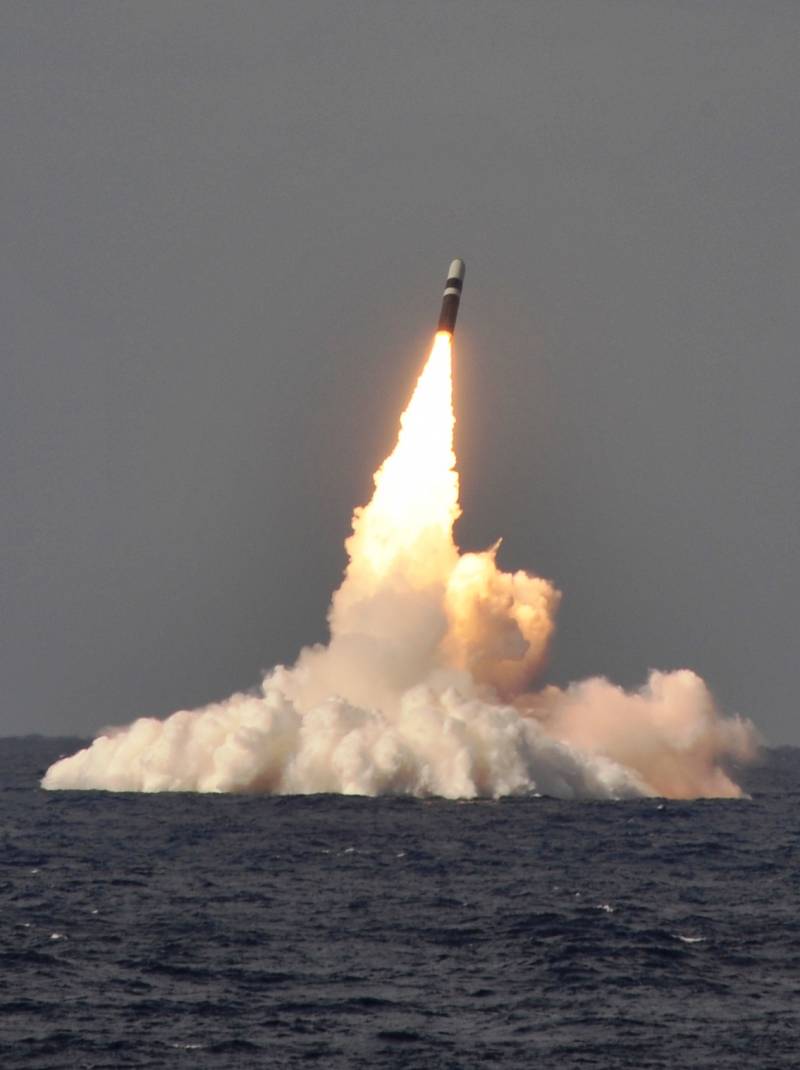
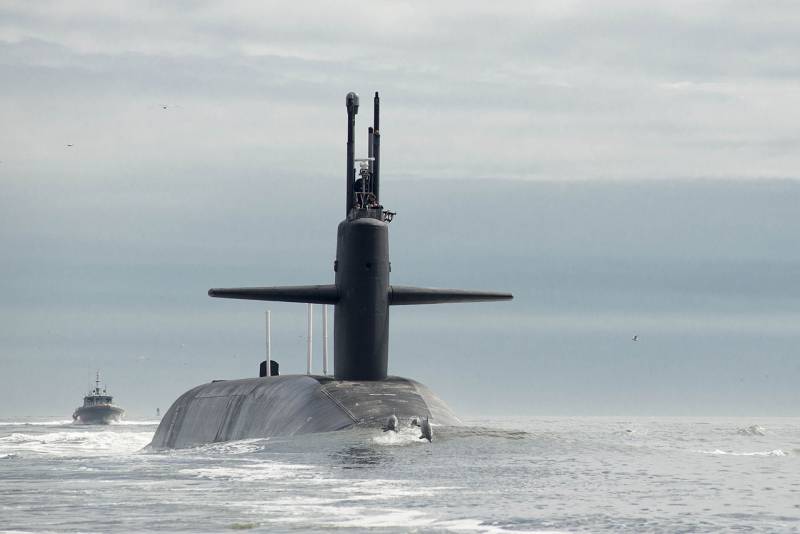
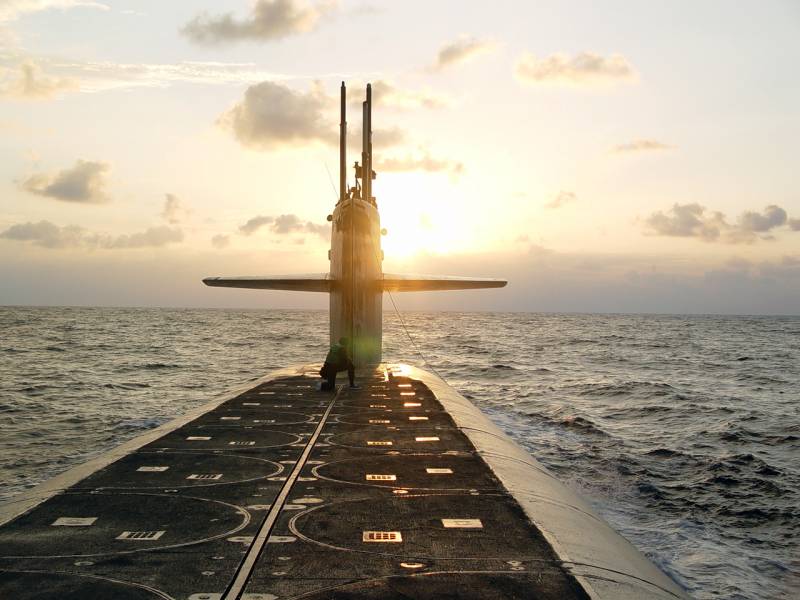
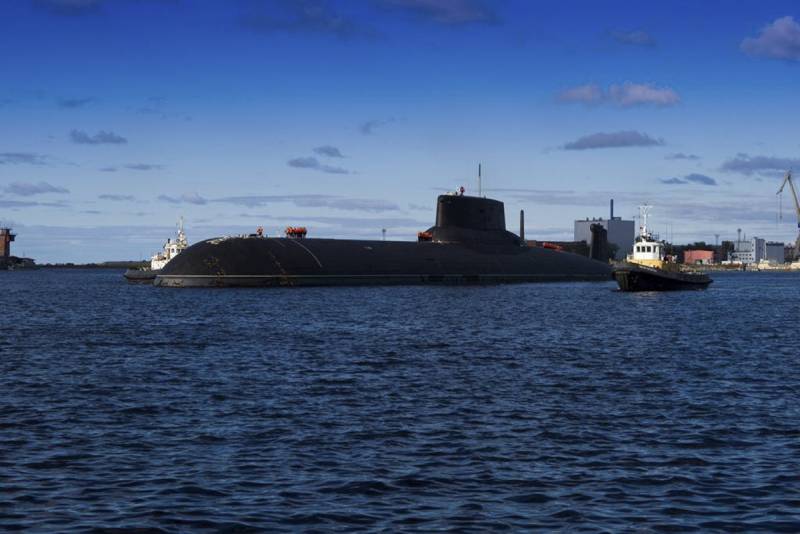
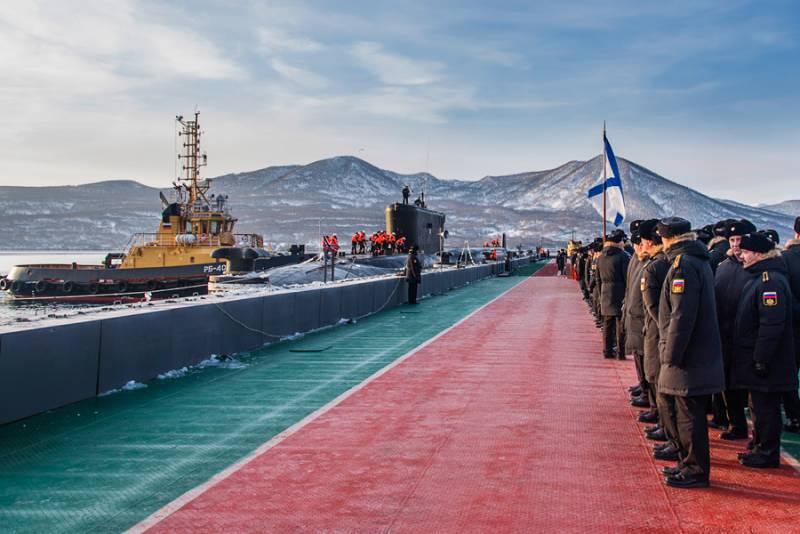
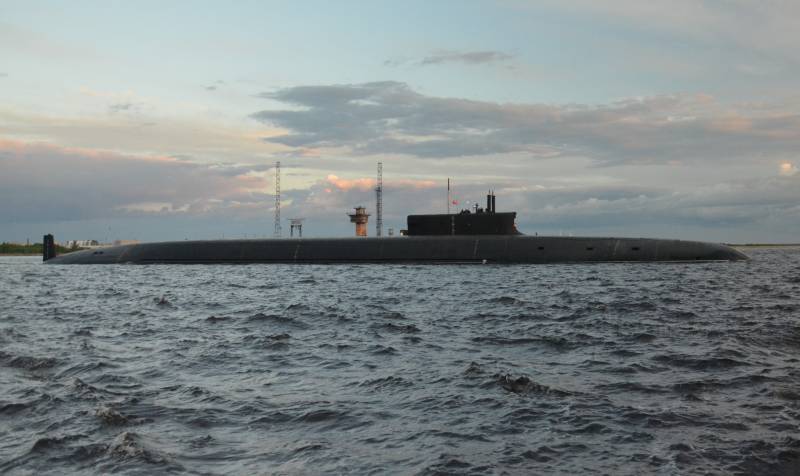
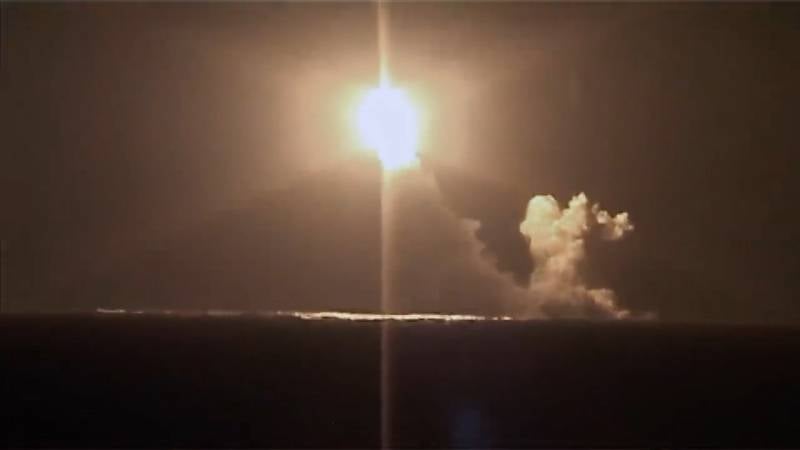
Information